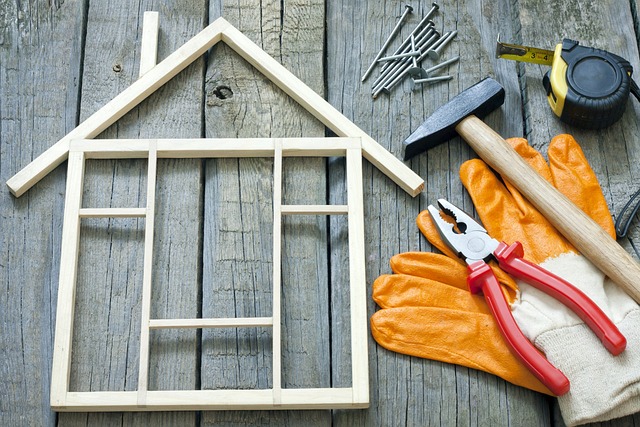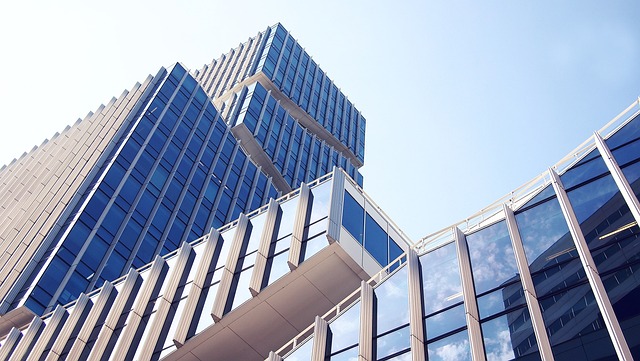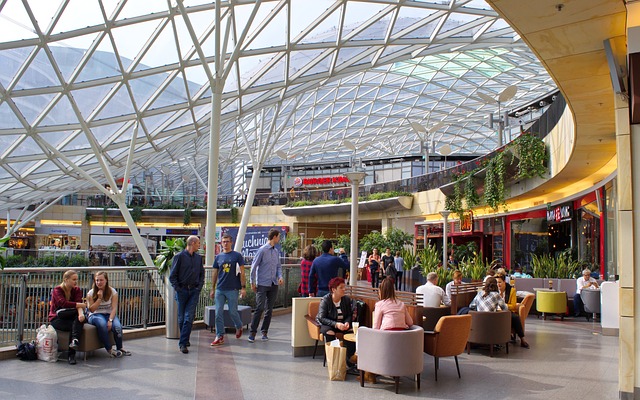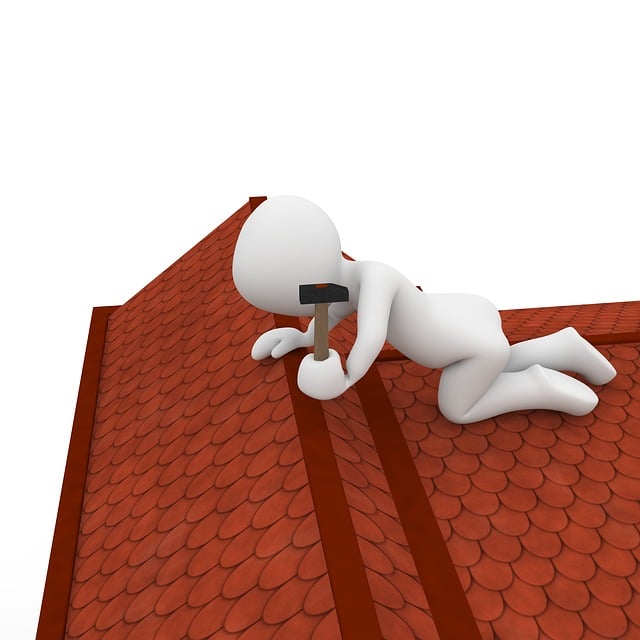Commercial roofing presents unique challenges requiring tailored solutions for larger footprints, varied shapes, stringent safety standards, and diverse functional needs. Material choices balance durability, cost-effectiveness, and aesthetics based on climate, building age, and use. Investing in affordable commercial roofing enhances properties' aesthetics and functionality while prioritizing structural integrity. Evolving materials offer options across various budgets, including metal roofs, EPDM/TPO flat roofs, and asphalt shingles. Estimating costs involves considering roof size, shape, material type, installation complexity, weather conditions, and local regulations. Regular maintenance, including inspections and a maintenance plan, extends the lifespan of commercial roofing systems. Choosing a contractor should involve defining project needs and budget, selecting companies with comprehensive services, an excellent reputation, and proven experience.
In the dynamic world of commercial real estate, a roof is more than just shelter. It’s an investment that protects assets, ensures business continuity, and contributes to overall property value. Understanding the unique needs of commercial roofing, along with exploring affordable solutions, is crucial for savvy property owners and managers. This article delves into essential aspects of commercial roofing, from material types and cost factors to maintenance strategies and contractor selection, empowering you to make informed decisions for your investment.
Understanding Commercial Roofing Needs

Commercial roofing demands a unique set of considerations compared to residential roofs. Buildings like offices, retail spaces, and industrial facilities often host larger footprints, varied roof shapes, and more stringent safety and regulatory standards. The right commercial roofing solutions must balance durability, cost-effectiveness, and aesthetics to meet these challenges.
Each commercial space has its own specific needs based on factors such as climate, building age, and intended use. For instance, a warehouse may require a robust, long-lasting material that can withstand heavy loads and frequent changes in temperature, while a retail store might prioritize a visually appealing finish that enhances the building’s exterior. Understanding these nuances is essential for selecting suitable commercial roofing materials and ensuring optimal performance, longevity, and value over time.
Benefits of Affordable Commercial Roofing Solutions

For business owners, investing in commercial roofing solutions is a significant decision that impacts both aesthetics and functionality. Affordable options in this sector offer numerous advantages, catering to diverse needs and budgets. One of the primary benefits is cost-effectiveness; these solutions provide long-lasting durability at a fraction of the price compared to premium alternatives. This accessibility allows small and medium-sized enterprises to enhance their properties without straining financial resources.
Moreover, affordable commercial roofing often comes with an extensive range of styles and materials, ensuring every building owner can find something that aligns with their aesthetic preferences and structural requirements. This versatility promotes creativity in design while maintaining the structural integrity vital for commercial spaces. Such solutions also contribute to energy efficiency, as certain options offer excellent insulation properties, reducing heating and cooling costs.
Common Types of Commercial Roofing Materials

Commercial roofing materials have evolved significantly over time, offering a wide array of options for businesses seeking affordable solutions. Among the most common types are metal roofing, which is known for its durability and low maintenance requirements; flat roofs made from materials like EPDM (ethylene propylene diene monomer) or TPO (thermoplastic polyolefin), ideal for commercial spaces due to their cost-effectiveness and ability to withstand harsh weather conditions; and asphalt shingles, a popular choice for their affordability and ease of installation.
Additionally, concrete tiles and clay tiles provide excellent insulation and long-lasting performance, though they may be slightly more expensive upfront. For businesses aiming to reduce energy costs, reflective or cool roofs are gaining popularity, featuring coatings that reflect sunlight, thereby decreasing interior temperatures and lowering cooling bills. These diverse options cater to varying budgets, needs, and aesthetic preferences in the commercial roofing sector.
Factors Influencing the Cost of Commercial Roofing

Several factors determine the cost of commercial roofing, making it a complex process to estimate expenses accurately. Firstly, the size and shape of the roof play a significant role; larger structures often require more materials and labour, leading to higher prices. The type of roofing material is another critical aspect; while asphalt shingles are common and affordable, metal or flat roofing solutions might be pricier but offer longer-lasting protection.
Additionally, the complexity of installation or repair work can impact costs. Unique roof designs or challenging access may necessitate specialized equipment and skilled labour, increasing expenses. Moreover, weather conditions and local regulations can influence pricing; regions with frequent storms or strict building codes may require additional safety measures, thereby affecting the overall cost of commercial roofing projects.
Maintenance and Longevity: Ensuring Value for Your Investment

A well-maintained commercial roofing system is key to maximizing its longevity and preserving your investment. Regular inspections are essential to identify any potential issues early on, such as missing or damaged shingles, leaks, or signs of wear and tear. Promptly addressing these problems can prevent more severe damage down the line, saving you significant time and money in repairs.
Implementing a comprehensive maintenance plan includes cleaning gutters and drains to prevent water buildup, sealing flashing around roof penetrations for added protection, and applying reflective coatings to reduce heat absorption. By investing in these proactive measures, commercial property owners can ensure their roofing remains in optimal condition, extending its lifespan and maintaining the overall value of the property.
Choosing the Right Commercial Roofing Contractor

When selecting a commercial roofing contractor, the first step is to identify your specific needs and budget. Different projects may require specialized skills or materials, so it’s essential to find a company that aligns with your requirements. Look for contractors who offer a range of services, from repairs and maintenance to complete roof replacements, ensuring they can handle any issue that arises.
Reputation and experience are key factors. Check online reviews and ask for references to gauge their performance and customer satisfaction levels. A well-established contractor with a proven track record is more likely to deliver high-quality work and ensure your commercial roofing project is completed efficiently and within budget.
